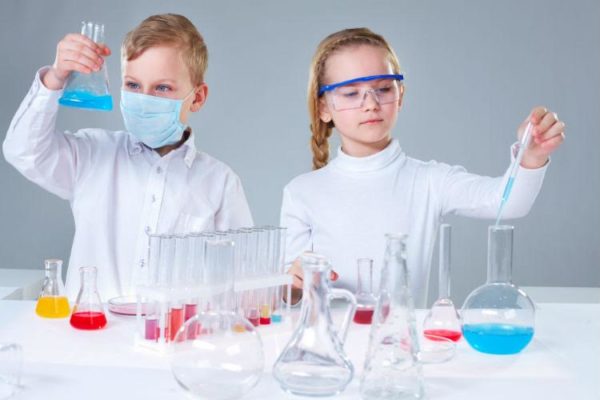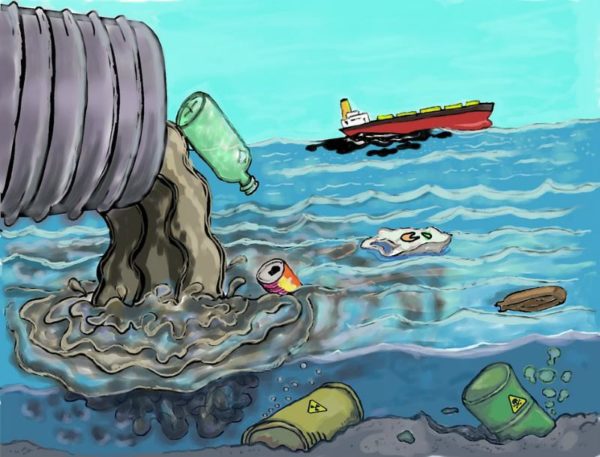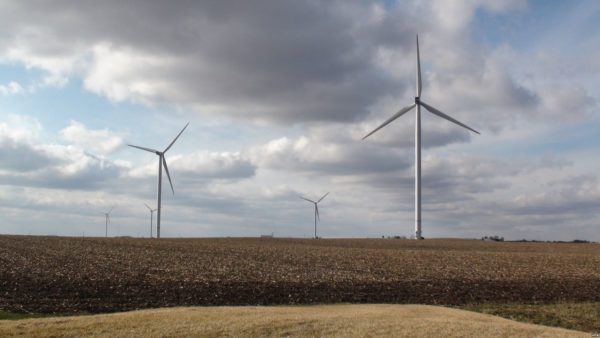It’s a well-known fact that STEM (Science, Technology, Engineering, and Math) careers pay well and have high job placement rates. Despite this, K-12 students show less interest in pursuing careers in STEM disciplines, partly because teachers don’t introduce them to STEM concepts until middle school or high school. Educators traditionally focus on math and language arts, rather than all parts of STEM in early school years.
Teachers are working to change this trend by broadening their curriculum to include more STEM and STEAM topics. STEAM refers to programs that focus on both STEM subjects and on the arts. In STEM and STEAM education, youth don’t learn what to think, but instead, are taught how to think and approach real-life problems critically. By fostering this interest early on, educators are paving the way for the present youth to be future leaders and innovators.
Every year we use massive amounts of plastic is another year that much of that plastic ends up in the oceans. Some estimates claim that over eight metric tons of plastic enter the oceans every year and others put it significantly higher. That constant influx of ever-increasing amounts of plastic can have some pretty devastating effects on both marine and terrestrial life, including people.
The oceans help protect our environment and maintain our world the way it is. As famed explorer Sylvia Earle likes to say, “No water, no life. No blue, no green.” This means the oceans are what allows life to flourish on our planet. The more polluted they become, the harder it is for our oceans to thrive. While we aren’t in danger of seeing them evaporate, we may be seeing another mass extinction event, and that would mean the seas could become essentially lifeless.
Continue reading... →Google will buy 536 megawatts of wind power, adding to the company’s already large supply, making it the biggest corporate purchaser of renewable energy, according to a statement Thursday. The Alphabet subsidiary will purchase wind energy from four different power plants: two in South Dakota, one in Iowa and one in Oklahoma. Google announced at the end of last year that it would reach 100% renewable energy in 2017. With these deals, the company has agreed to buy enough power to compensate for all of its energy needs this year, though some of the projects are not yet operational.
Continue reading... →Burnout: It’s a term you recognize from drifting through the last dregs of high school and college. That feeling somewhere between sleeplessness and fatigue, between stress and despair. The feeling that makes you stay in bed instead of going to class, that makes you waste your time even as other obligations are piling up. The problem, as we millennials are starting to learn, is that it doesn’t end after graduation. Burnout exists — and may even get worse — when you finally enter the workforce.
Continue reading... →Tesla’s Model 3, the most important car to come out in decades, has a confirmed range of 310 miles, according to the Environmental Protection Agency. That figure applies to the long-range version of the Model 3, and echoes the vehicle specs released by Tesla back in July. It also makes the Model 3 one of the most efficient passenger electric vehicles on the market.
Continue reading... →A major conservation group is blasting the newly passed Senate GOP tax bill for allowing oil drilling in the Arctic National Wildlife Refuge (ANWR), calling the bill “simply shameful.” “Opening the Arctic to drilling as part of this tax plan is simply shameful. The Arctic Refuge isn’t a bank—drilling there won’t pay for the tax cuts the Senate just passed,” National Audubon Society President and CEO David Yarnold said in a statement Saturday. “The American people don’t support drilling in the Arctic and it’s up to the House to reject this flawed bill.” The Republican tax bill included a provision to open up a section of ANWR to oil drilling for the first time.
Continue reading... →Since women are disproportionately affected by climate change, it’s about time they get a bigger seat at the negotiating table. The Women and Gender Constituency, a group that works to ensure women’s rights are embedded in U.N. negotiations, is pushing for a new gender action plan set to be approved on Friday at the climate talks in Bonn, Germany. Little progress has been made since negotiators proposed a “gender balance” goal to boost female participation five years ago. (The U.N. process initially failed to include gender in its agenda.) A recent paper from the U.N. climate change secretariat shows that women made up 32 percent of conference delegates in 2015 and 2016, up only one percentage point from 2012.
Continue reading... →Natural disasters have a nasty habit of compounding previous, semi-manageable problems. We saw this with the Fukushima nuclear meltdown in Japan following a massive tsunami. Now we’re seeing it again, this time with Hurricane Maria in Puerto Rico. On top of food and medical shortages, experts are worried about several environmental issues exacerbated by the storm. While many of these issues — from poor industrial quality control to a general lack of clean, contained drinking water — already plagued Puerto Rico, the devastation of Maria has complicated matters. In many cases, it has made them a great deal worse.
Continue reading... →








